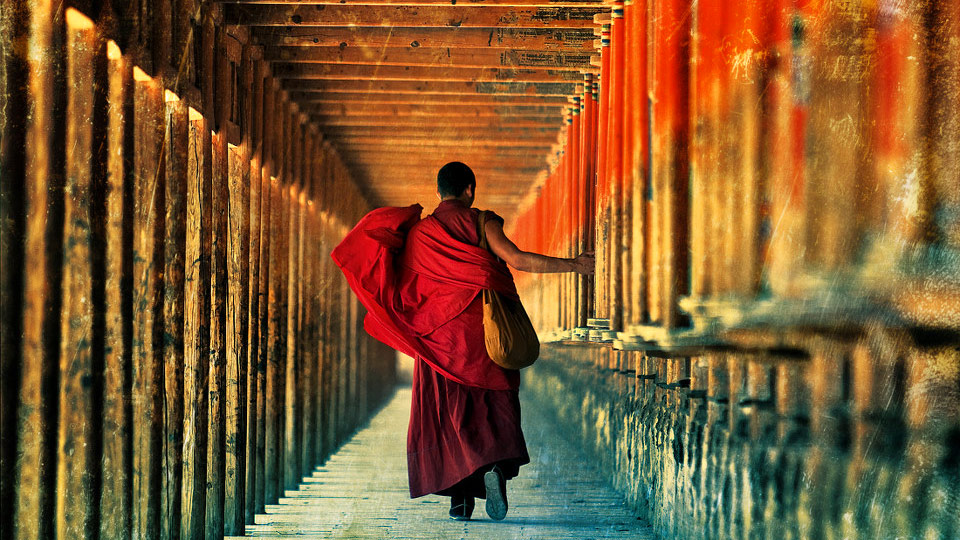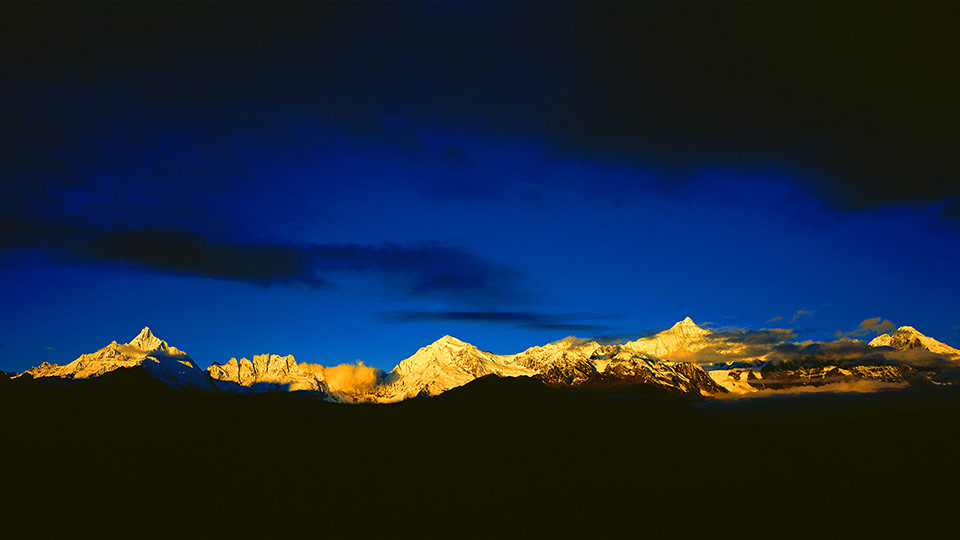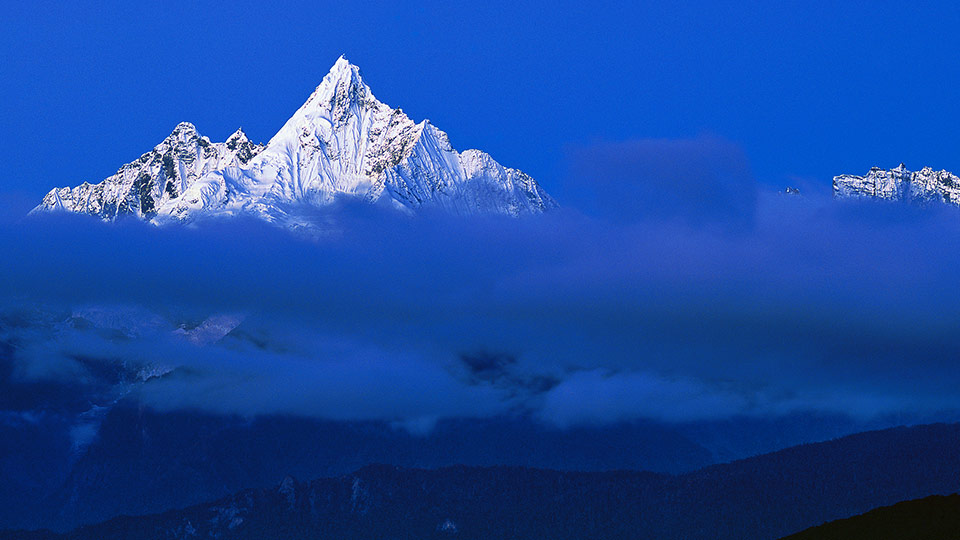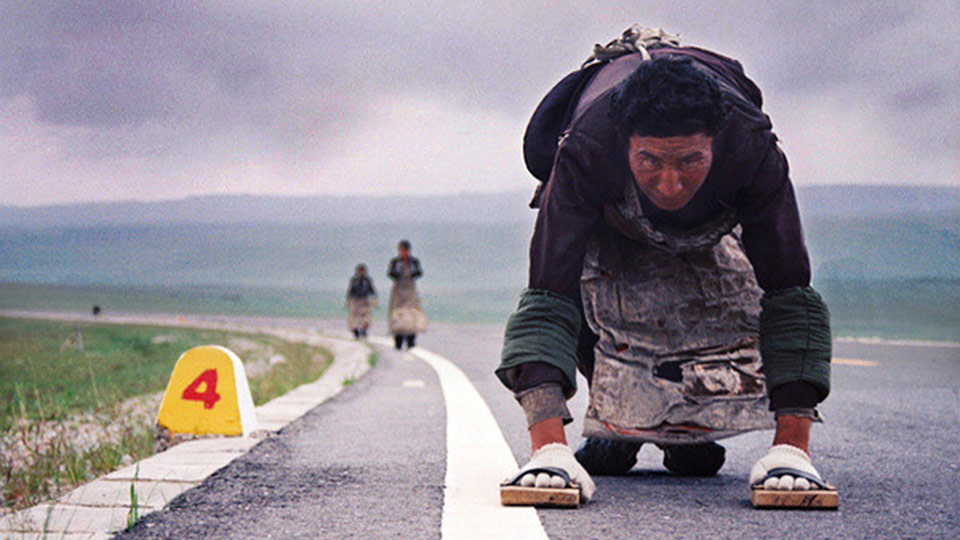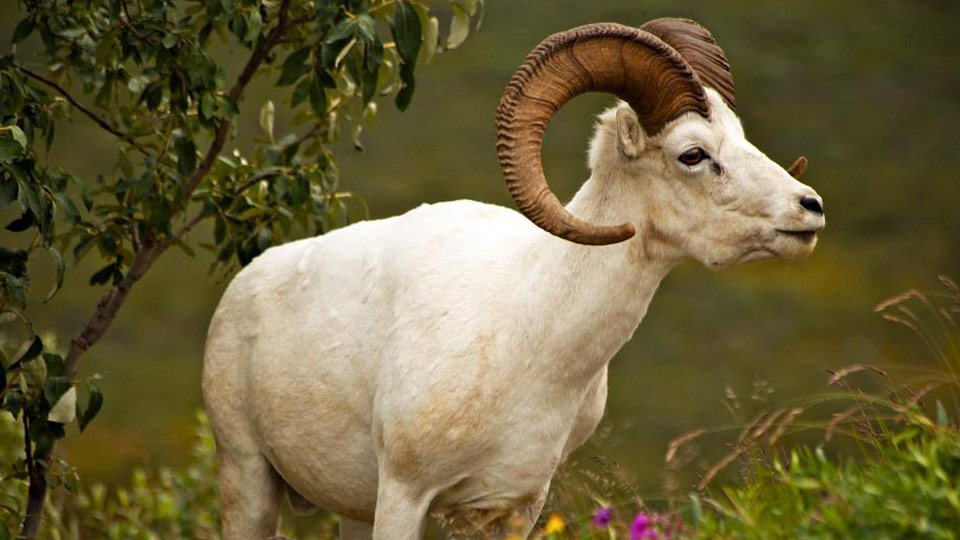CELEBRATE
INTRODUCTION
SPECIAL OCCASION
SHANGRI-LA
Shangri-La Marathon will be a rewarding journey that you will never forget
THE MOUNTAINS
Through the Shangri-La Marathon we celebrate these fable lands of majestic Meili Snow Mountains, or Kawagarbo Mountains as it is known by local residents and pilgrims, part of the grand Himalayan Mountain range. The highest mountain peaks in Yunnan Province of China.
Kawagarbo is one of the most sacred mountains for Tibetan Buddhism as the spiritual home of a warrior god of the same name. Although it is important throughout Tibetan Buddhism, it is the local Tibetans that are the day-to-day guardians and stewards of Kawagarbo, both the deity and the mountain.
Often when looking up at the mountain, you can see a layer of white clouds that sits on the lower parts of the mountain, resembling a white scarf around the mountain peaks. The Tibetans believe this to be the symbolises for hada, or khata, a traditional ceremonial scarf used in Tibetan culture. The Khata symbolises purity and compassion and is usually made of silk or silk like material.
Kawagarbo is a holy mountain, a virgin mountain, no one has ever successfully climbed to the peak. There have been several expedition attempts, including a group of seventeen Japanese climbers who were killed in one of the most deadly avalanche accidents in history. In 2001, the local government passed laws banning all future climbing attempts on cultural and religious grounds. As of 2010, none of the significant peaks of the range have been successfully climbed. It will always remain a sacred and holy mountain.
TIBETAN KORA
YEAR OF THE RAM
The Sheep is the Eighth Sign of the Chinese Zodiac, which consists of 12 Animal Signs. It is lucky that the Sheep is ranked eighth in the cycle of Chinese Zodiac Animals, because the number “eight” in Chinese is an auspicious one, symbolizing peace and prosperity. In Chinese, there is a popular proverb: “Three sheep bring harmony and prosperity.”
What better way to celebrate the year than getting out into the nature and running the mountains. Make Shangri-La Marathon one of your destinations for 2015!


